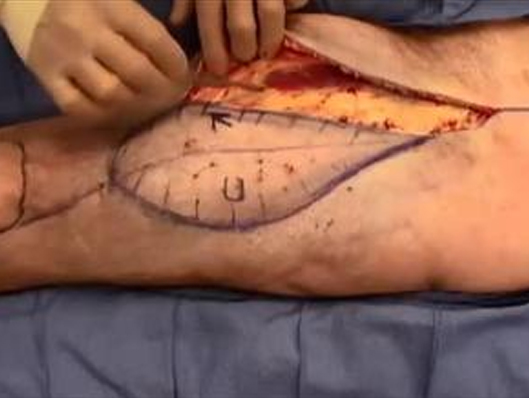
Trauma reconstructive surgery in plastic surgery involves the restoration of form and function to structures of the face and body that have been affected by traumatic injuries. Plastic surgeons specializing in trauma reconstruction work to repair damage resulting from accidents, burns, falls, and other traumatic events. The primary goals are to improve the physical appearance, restore functionality, and enhance the overall quality of life for individuals who have experienced trauma.
Common scenarios that may require trauma reconstructive surgery include:
Facial Trauma: Injuries to the face, including fractures, lacerations, and soft tissue damage, may require surgical intervention to repair the structures affected, such as the nose, jaw, cheekbones, or orbital bones.
Hand and Upper Extremity Injuries: Trauma to the hands and upper extremities, including fractures, tendon injuries, nerve damage, and amputations, may necessitate reconstructive procedures to restore function and aesthetics.
Crush Injuries: Severe injuries, such as those resulting from crush accidents or industrial accidents, may require reconstructive surgery to repair and reconstruct damaged tissues, including muscles, blood vessels, and nerves.
Burn Injuries: Trauma from burns can cause significant damage to the skin and underlying tissues. Reconstructive surgery aims to restore the affected areas, including skin grafts, tissue flaps, and scar revision procedures.
Soft Tissue Injuries: Lacerations, avulsions, and other soft tissue injuries may require careful reconstruction to optimize healing and minimize scarring.
The approach to trauma reconstructive surgery may involve various techniques, including:
Timing is often critical in trauma reconstruction, and procedures may be performed in multiple stages to address different aspects of the injuries. Early intervention can help optimize outcomes and facilitate the healing process.
Plastic surgeons specializing in trauma reconstruction work closely with other medical professionals, such as orthopedic surgeons, neurosurgeons, and trauma specialists, to provide comprehensive care to individuals who have experienced traumatic injuries. The goal is to help patients regain function, minimize disfigurement, and achieve the best possible cosmetic and functional outcomes.
Plastic Surgen , Dr. Sandeep Kansal is a consultant Plastic-cosmetic Surgeon in Meerut. He is currently practicing at , Kailashi Superspeciality , Lokpriya And Nuteema Hospital in Meerut.
Copyright © 2023 Dr Sandeepkansal. All Rights Reserved.